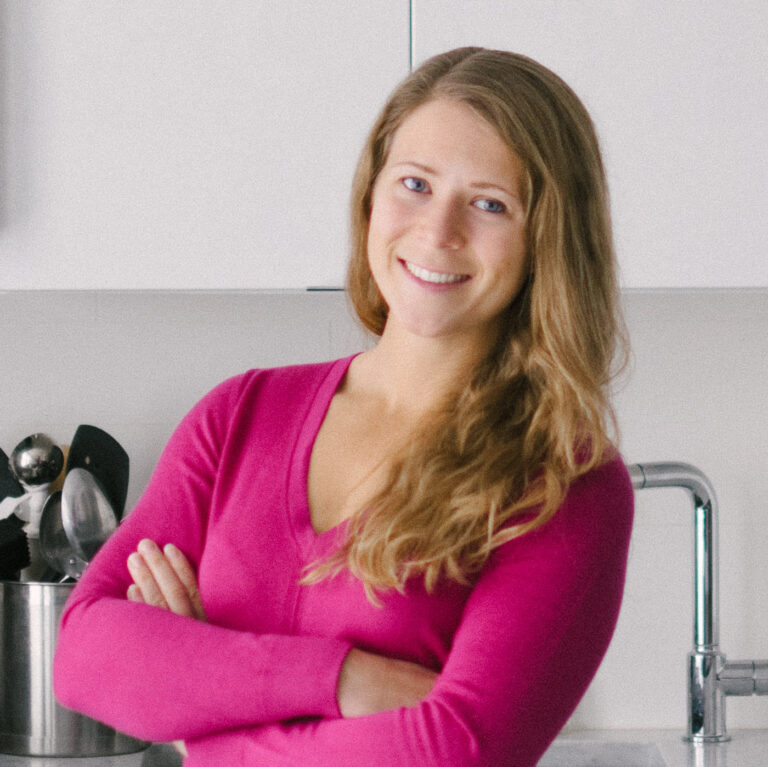Health at Every Size® Healthcare Provider Listing

Emily Arkin, MS, RD, LD
(she/her)
Registered Dietitian Nutritionist
RD Emily & Team
Washington,
District of Columbia,
United States
Contact Me:
Make an Appointment:
Special Instructions: If you'd like to chat to see if we're a good fit, please schedule a call through our online appointment system. If you'd like to jump straight to scheduling a 75-minute initial appointment, please email Emily directly at emily@rdemily.com.
Sliding Scale Available
Specialties & Areas of Focus:
- Eating Disorders
- Gastrointestinal Disorders
- Type 2 Diabetes
- Polycystic Ovarian Syndrome (PCOS)
- Sports/Performance Nutrition
Age Groups Served:
- Teens (13-18 years old)
- Adults (18 years old and up)
- Older Adults (65+ years old)
- Teens (13-18 years old)
- Adults (18 years old and up)
- Older Adults (65+ years old)
Languages Services Offered In:
- English
- English
My Philosophy of Care
Thank you for your interest in working together! As a dietitian, I know that food holds so many different meanings for each of us, and so making changes in this arena is not a quick or easy process. My nutritional philosophy has evolved significantly since my early education to better account for meeting people where they’re at. I would describe my approach to patient care as “relational”; I develop a real genuine affection for the clients I work with, and I care about their triumphs and setbacks. My role is to listen to your goals, help talk things through, and explore different ways of getting to where you want to go. In dietetics practice, this might involve additions or changes to dietary patterns, routine, supplements, movement, mindfulness and nervous system regulation, and/or healthcare referrals.
With nutrition specifically, I blend elements of structured eating/eating competence, Intuitive Eating, and an “all foods fit” ethos. I also work with clients to separate out what’s most immediately pressing from loftier, later-on goals. By doing so, we are better able to envision where clients are at in the process and and maintain open communication about what they want from the nutrition counseling experience.
About Me & My Practice
The short version of how I got into the field of dietetics is that food is delicious, and bodies are cool! The longer story is that I jumped over to nutrition after deciding the pre-med path wasn’t for me. Around that time, someone gave me a copy of “Salt, Sugar, Fat” by Michael Moss, which is an exposé of the deceptive marketing practices used by food and beverage companies. From my current vantage point I see how it plays into the moral panic surrounding the “o*****y epidemic,” but my main takeaway then (which I still stand by) was that our food environment is complicated, and maybe I could help people navigate it. It was after that that I decided to become a registered dietitian.
During grad school and my training as a dietitian, I encountered many antifat ideas and practices: for example, the idea that every deviation from a stereotypically “healthy” plate was an opportunity to educate the patient, regardless of interest or ability; that reports of low intake from larger-bodied individuals were clear underestimates and proof that they couldn’t properly account for their eating; that weight management was easily achieved by a few food swaps and a modicum self-denial. There was a mention of Health at Every Size®, but it was only presented as a radical peculiarity. There were parts of my education that felt icky, but it wasn’t until I took a job at an eating disorder treatment center that I started to understand why.
Accessibility Considerations
In our practice, clients will generally only encounter the dietitian they’ve opted to work with. We offer virtual sessions through a HIPAA-compliant telehealth software and also in-person sessions at our office in downtown Washington, DC. Our office is wheelchair-accessible. It is located in a building serviced by an automatic front door and several elevators. The waiting area has both armed chairs and a cushioned bench/loveseat. We use an armless chair in the office for client seating. Gendered restrooms are available on the same floor but do not have automatic doors and may be difficult to enter and exit via wheelchair.